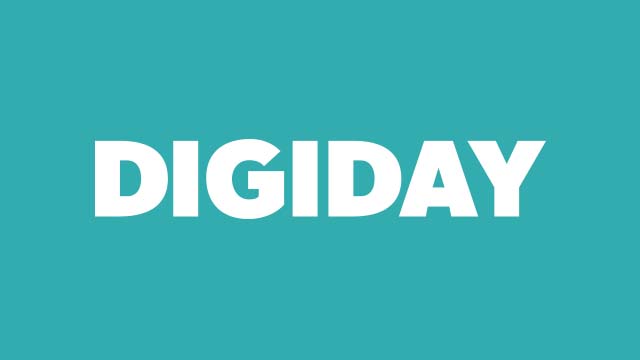With Forte, Vox Media looks to drive a majority of display revenue with its first party data.
Digiday – February 11, 2020
If they’d had access to a crystal ball at the time, Vox Media might have chosen a different month to launch its first party data solution, Forte.
The venture-backed media company announced Forte at the end of 2019, but it formally made the product available across its client base March 2020, an inopportune time to launch any kind of ad product thanks to the coronavirus crunching the media economy.
But even with the shock of the pandemic, Forte wound up having a very good year. More than 100 brands tried using Forte in campaigns last year, and by the end of 2020, Forte data was used to drive “nearly half” of Vox Media’s display ad revenue, chief revenue officer Ryan Pauley said. (A Vox Media spokesperson would not provide a more specific figure)
That share figures to grow significantly in 2021, as brands and agencies familiarize themselves with alternatives to third-party cookies, which will likely be phased out sometime at year’s end. But even with its strong start, Vox Media is in a race to figure out what Forte is good at, how many ways its clients can use it — it has only executed a small handful of second-party data projects — and how widely it wants to make Forte segments available outside of its own ecosystem.
It will also have to begin proving that Forte can provide the backbone of consistent client spending. Pauley declined to answer a question about how many of those brands renewed deals or used Forte a second time.
“We were really focused on customer adoption [last year],” Pauley said. “As much for our partners to learn the value of our data as much as it was for us to learn about the efficacy of what we can drive.”
The bulk of the data Forte uses to infer audience interests and intent comes from the content Vox Media’s audience consumes across both Vox Media and New York Media, which Vox acquired in 2019. But it draws from other sources too, including offline data about people that have attended in-person events, such as Eater’s dinner series Young Guns, as well as subscriber data gathered from New York Media and commerce data gathered from New York Media’s commerce brand, The Strategist.
While some publishers, such as Slate, charge a premium for the audience segments identified using their first party data, Forte does not cost extra, in part because Vox Media wants to encourage as many clients as possible to try it out.
“There were some clients who were resistant,” Pauley said. “For those clients, we said, ‘Let’s run a side-by-side comparison at no cost.’”
And to date, endemic advertisers have been the biggest spenders on Forte, which makes sense given the strong intent signals Vox Media can pick up — a person reading iPhone and Samsung Galaxy reviews on the Verge is probably in the market for a new cell phone.
“Everybody wants to drive business outcomes,” said Megan Walton, vp of revenue products at Vox Media. “You’re not trying to reach a demographic; you’re trying to reach people who are interested in a particular type of content and a particular type of product.”
Getting advertisers to sample Forte’s audience segments is one thing, but building a robust appetite for them is another. While ad buyers said that Forte is off to a strong start, it still suffers from challenges that most publisher-focused solutions face on the path to becoming a must-buy ingredient in a media plan.
“It’s fantastic if there is alignment,” said Tom Swierczewski, the programmatic media director at Cramer-Krasselt, which has used Forte sparingly for clients in the past. “But it has limitations from a scale perspective.”
Read the full article on Digiday.
More News
- February 1, 2021 COVID-19: Lessons learned from 2020 and their impact for marketers in 2021.
- January 21, 2021 Six ways to break into the Super Bowl without being in-game.
- December 18, 2020 COVID trends that are here to stay.
